What is a pigment in resin art? A quick guide to colorants, their role, and how to achieve vibrant results in your epoxy creations.
What is a Pigment in Resin Art? Understanding Your Colorants
If you’re entering into resin art whether as a hobbyist or a dedicated creative you’ve likely come across the term “pigment” when learning how to add color to your epoxy or UV resin projects.
But what is a pigment in resin art, exactly? How does it differ from other colorants like dyes, mica, or alcohol ink?
This guide will help you understand the essentials of resin pigments, how they work, and why choosing the right colorant is key to achieving your artistic vision.
What Is A Pigment in Resin Art?
In resin art, a pigment is a type of colorant made up of fine, insoluble solid particles. Unlike dyes, which dissolve completely into the resin, pigments remain suspended as tiny particles throughout the cured resin piece.
This fundamental property gives pigments their unique coloring ability and sets them apart from other colorants.
How do pigments color resin?
Pigments create color by scattering and absorbing light as it passes through or reflects off the resin. Because the pigment particles do not dissolve, they typically produce opaque or semi-opaque effects, depending on the amount used and the specific pigment type.
This makes them ideal for projects where solid, vibrant, or pastel colors are desired.
✨If you’re looking to achieve the clearest, most vibrant results with your pigments, choosing the right resin is essential.Discover the top options in our guide to the best clear epoxy resin.
Key Difference Between Pigment and Dye
Understanding the difference between pigment and dye is crucial for resin artists:
Pigments
Pigments are insoluble particles that stay suspended in the resin. Think of them as being like sand in water. They don’t dissolve, but instead float and eventually settle if not mixed.
Effect: Opaque or semi-opaque color, blocks light, solid look.
Resiners® 20 Colors Epoxy Resin Dye
Dyes
Dyes are soluble colorants that dissolve into the resin, much like sugar in water.
Effect: Transparent or translucent color, lets light pass through, stained-glass or tinted look.
Why does this matter?
Your choice between pigment and dye determines the final appearance of your resin art. Use pigments for bold, solid colors or when you want to hide what’s beneath the surface. Use dyes for transparent, stained-glass effects or when you want to layer colors without blocking light.
✨If you’re curious about how pigments and dyes can be used to create stunning resin jewelry, there’s a lot more to explore. Check out our step-by-step guide to resin jewelry for inspiration and techniques.
Common Types of Pigments Used in Resin Art
Resin artists have access to a variety of pigment types, each offering unique effects and ease of use. Here are the most common:
Powder Pigments (Dry Pigments)
Powder pigments are ultra-fine, dry powders that can be organic, inorganic (such as oxides or earth tones), or synthetic. These powders must be mixed thoroughly into the resin to avoid clumping and to ensure even color distribution.
They generally produce opaque or semi-opaque results, depending on how much you use. Because the particles are insoluble, they remain suspended, creating solid color effects.
Resiners® 26 Colors Mica Powder Set - 0.175oz(5g)/Bottle
Mica Powders
Mica powder is a special category of powder pigment made from natural or synthetic mica minerals. It’s prized for its pearlescent, shimmery, or metallic effects. The unique, plate-like structure of mica reflects light, resulting in sparkling or iridescent finishes.
Mica powders are especially popular for geode art, river tables, and any project where a touch of shimmer or a metallic look is desired.
Pigment Pastes & Dispersions
Pigment pastes (or dispersions) are pigments pre-mixed into a liquid or paste binder that’s compatible with resin. These are often highly concentrated and much easier to blend smoothly into resin than dry powders.
Because they’re already dispersed, they minimize the risk of clumps and help achieve consistent, vibrant color with less effort.
Other Colorants Used in Resin Art
To better understand what pigments are (and aren’t), here’s a quick overview of other popular resin colorants:
Resin Dyes: Soluble colorants that dissolve into resin, creating transparent or translucent effects. Ideal for stained-glass looks.
Alcohol Inks: Technically dyes, these are used for special effects (like “petri dish” art) and interact with resin as it cures, often producing vibrant, flowing patterns.
Glitter: Adds sparkle and color with large, reflective particles. Glitter is not a pigment but is often used alongside pigments or dyes for extra dimension.
Basic Principles for Using Pigments in Resin
When working with pigments in resin art, keep these core principles in mind:
Add pigment after mixing resin and hardener: Always combine your resin (Part A) and hardener (Part B) thoroughly before introducing pigment.
Start small: Pigments are potent! Begin with a tiny amount (a toothpick tip for powders or pastes in small batches) and gradually add more until you reach the desired opacity or intensity.
Mix thoroughly: Stir well to ensure the pigment is evenly dispersed and to avoid clumps or streaks.
Test first: If you’re unsure about a new pigment or color combination, test it in a small batch before committing to your main project.
✨For artists who want to achieve the smoothest finishes and precise detailing when mixing or finishing pigmented resin, having the right tools makes a difference. Explore our Cordless Rotary Tool Kit to enhance your resin art workflow.
🚨Safety Note: Always use personal protective equipment (PPE) such as gloves and a mask when handling resin and pigments. Follow all manufacturer instructions for both resin and colorants to ensure safe and successful results.
Conclusion
A pigment in resin art is an insoluble, solid colorant that suspends in resin, delivering vibrant, often opaque color.
Understanding the differences between pigments, dyes, and other colorants empowers you to make informed choices and achieve the creative effects you envision in your resin artwork.
If you’re ready to explore more ways to color your resin projects or want step-by-step tips for working with UV resin, check out our detailed guide on how to color UV resin for inspiration and practical techniques!
Frequently Asked Questions
Can I use any pigment powder in resin?
Not all pigment powders are suitable for resin. For best results, use powders specifically marketed for resin art or those that have been tested for compatibility.
Some pigments may react poorly, fade, clump, or contain moisture that can inhibit resin curing. Always test unknown powders in small batches first.
How much pigment do you add to resin?
There’s no universal answer, it depends on the pigment’s strength, desired opacity, and resin volume. Start with a very small amount (such as a toothpick tip for powders or pastes in small batches) and add more as needed.
Most manufacturers recommend not exceeding 5–10% colorant by weight or volume to avoid affecting the resin’s cure. Always check product guidelines.
Can you use pigment in UV resin?
Yes, you can use pigment in UV resin to add color and create unique effects. Powder pigments, mica powders, and pigment pastes are all popular choices for UV resin art, but it’s important to use pigments specifically labeled as compatible with UV resin to ensure proper curing and color stability.
Always mix pigments thoroughly into the UV resin for even dispersion. Be mindful not to add too much pigment, as excessive amounts can block UV light and prevent the resin from curing fully.
Is epoxy pigment toxic?
Epoxy pigments can contain a variety of ingredients, and some may include chemicals or heavy metals that can be hazardous if inhaled or ingested.
While many pigments designed for resin art are labeled non-toxic, it’s always best to check the safety data sheet (SDS) for each product.
Regardless of toxicity claims, you should always wear gloves, a mask, and work in a well-ventilated area when handling epoxy pigments and resin to minimize exposure to potentially harmful particles or fumes.
Following manufacturer's safety guidelines is essential for safe and enjoyable resin art.
Also Read:
How to Preserve Flowers in Resin Like a Pro
Best Epoxy Resin for DIY and Professional Projects
15+ Stunning Resin Art Ideas (Beginner to Expert)
How Long Does Epoxy Resin Take to Dry: Epoxy Cure Time

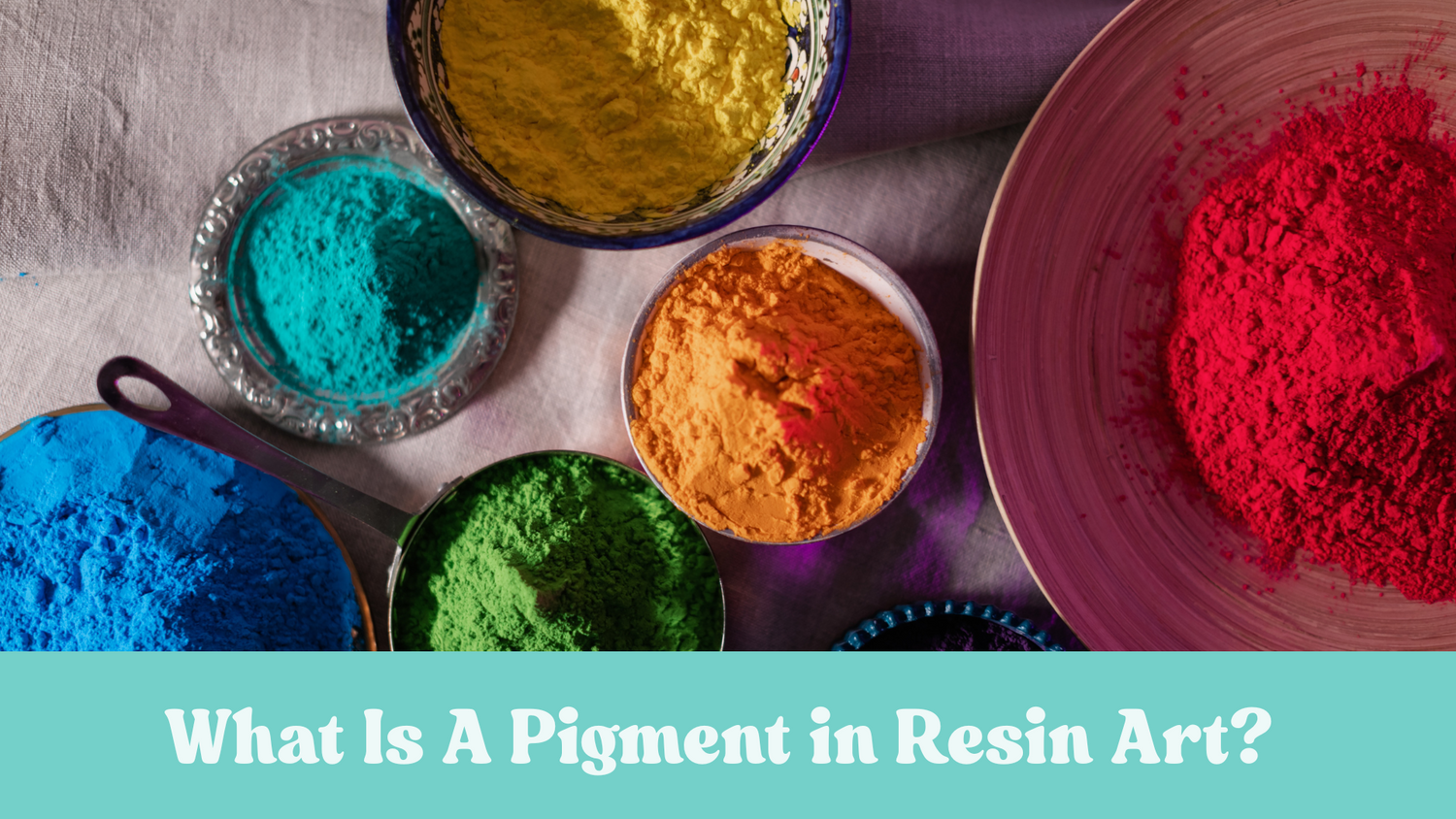
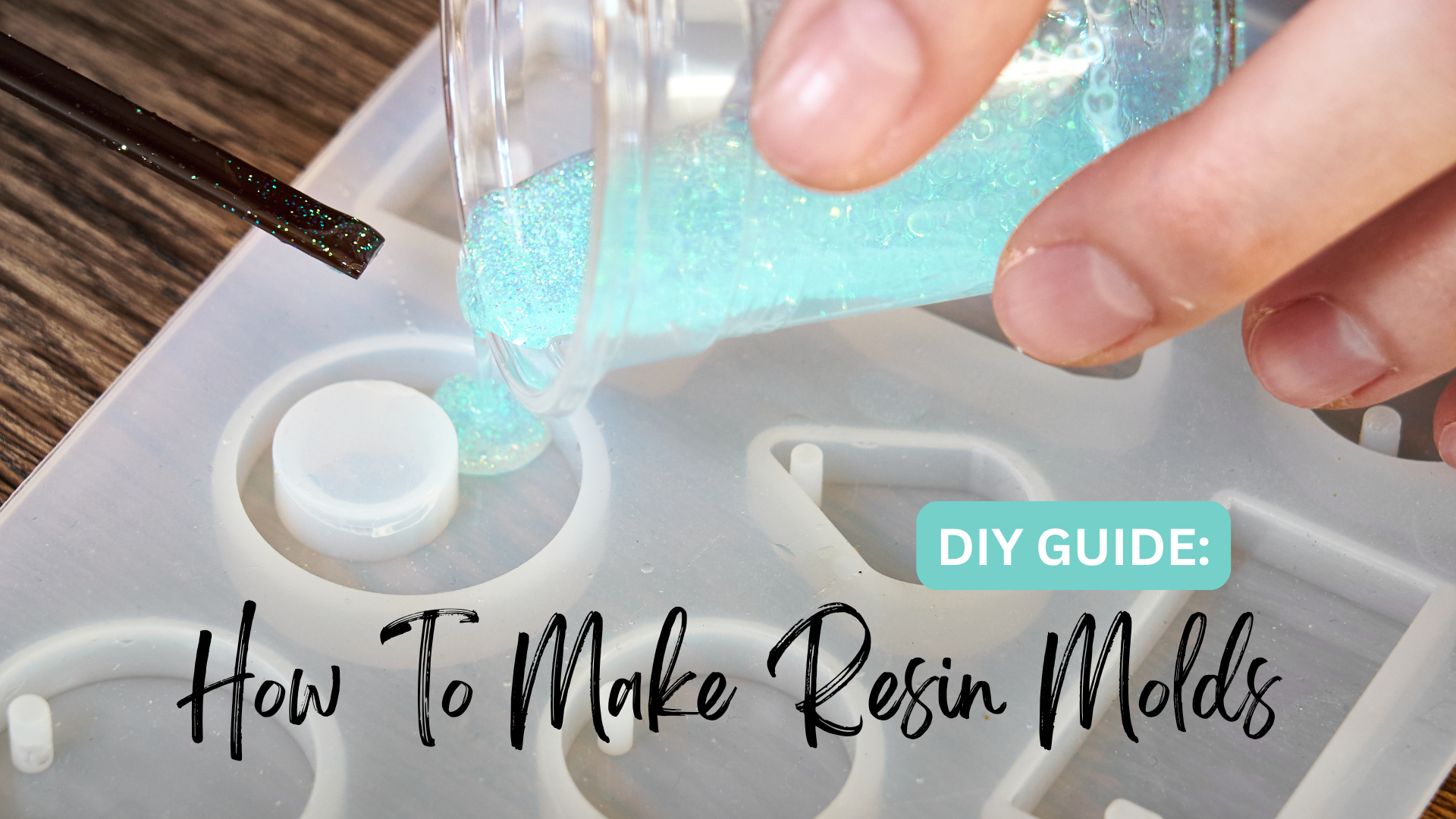

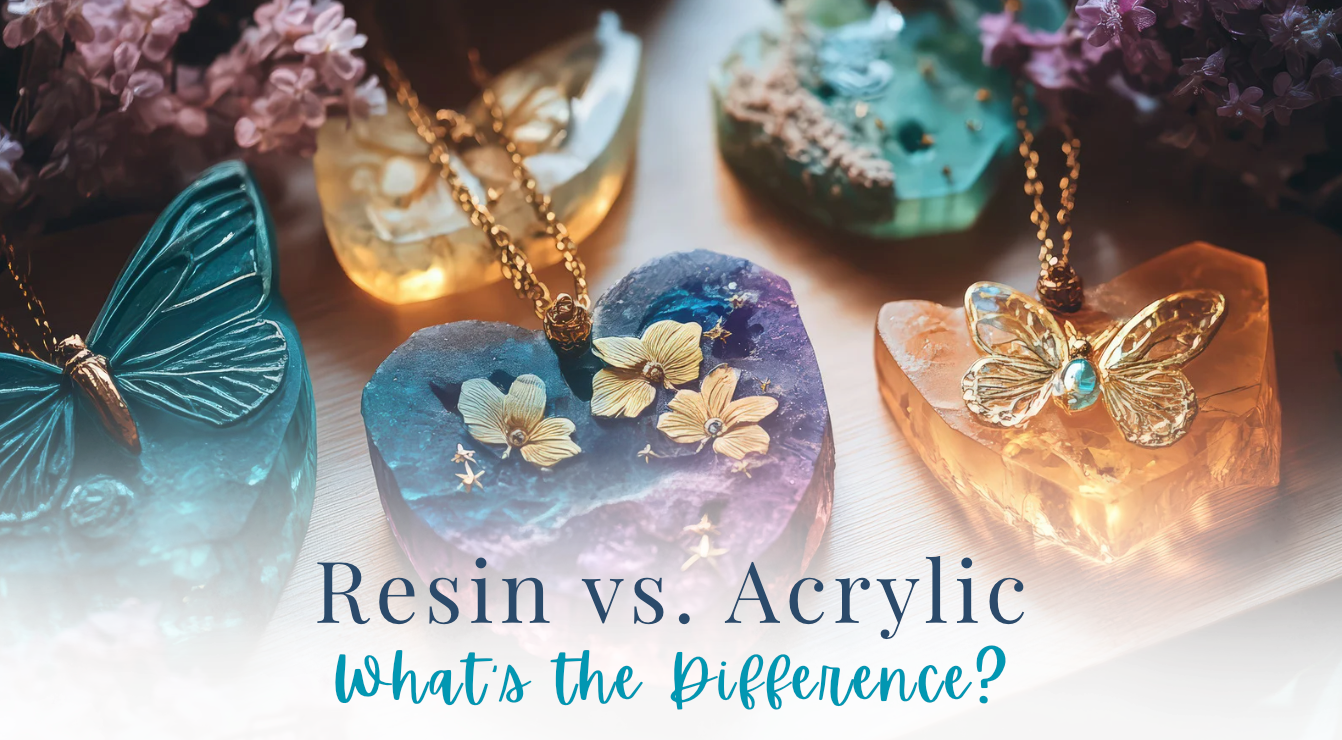
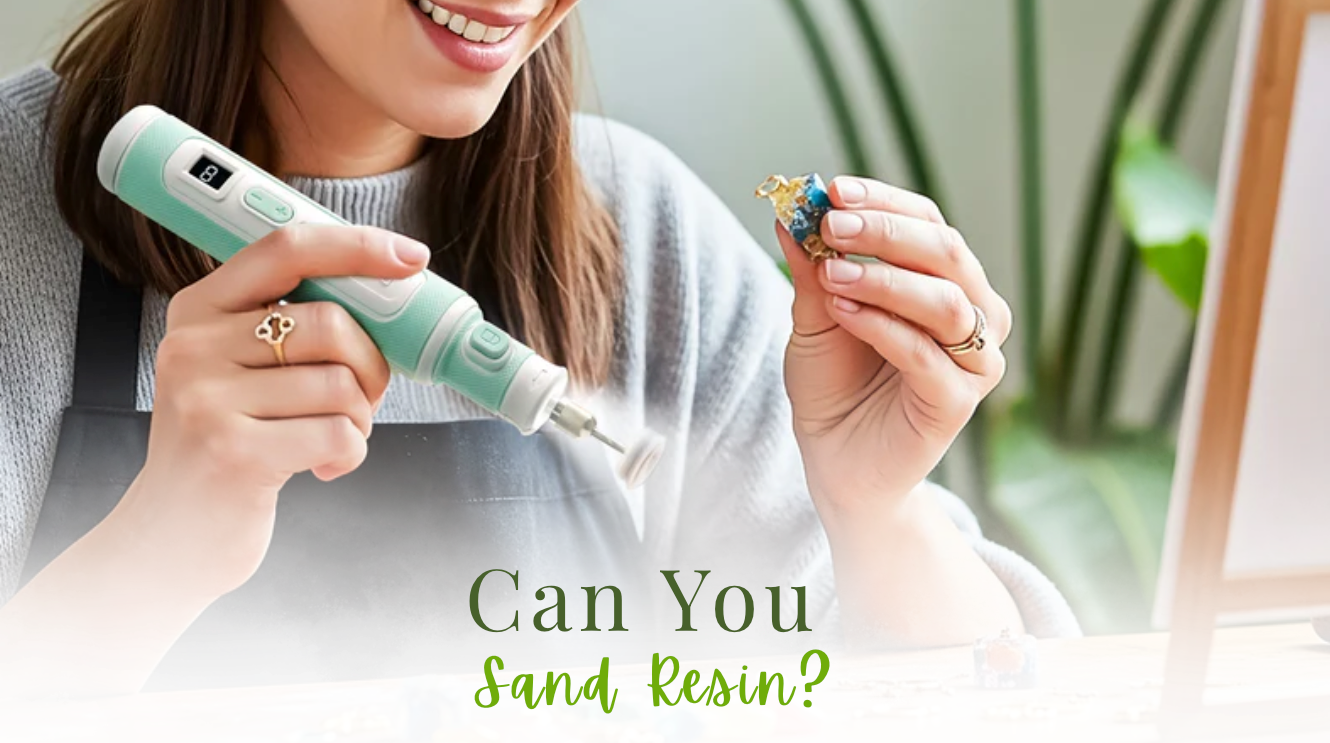
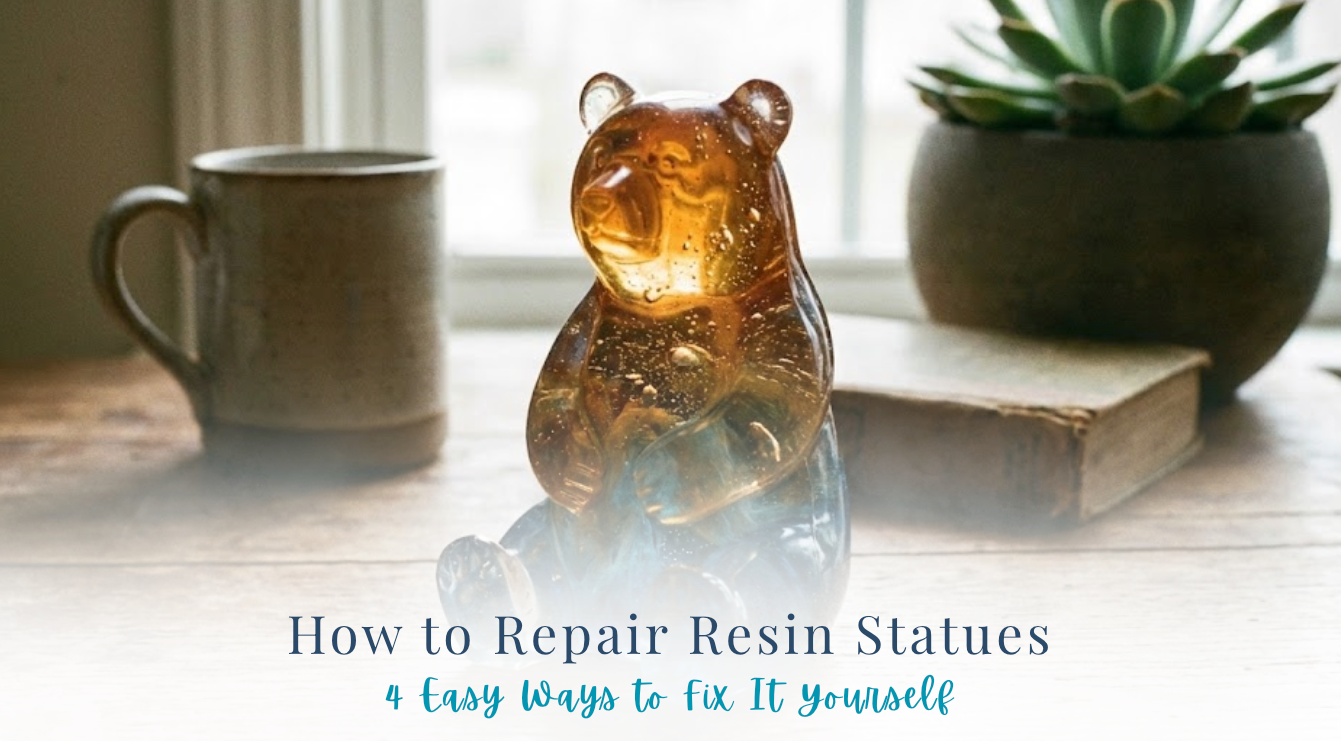

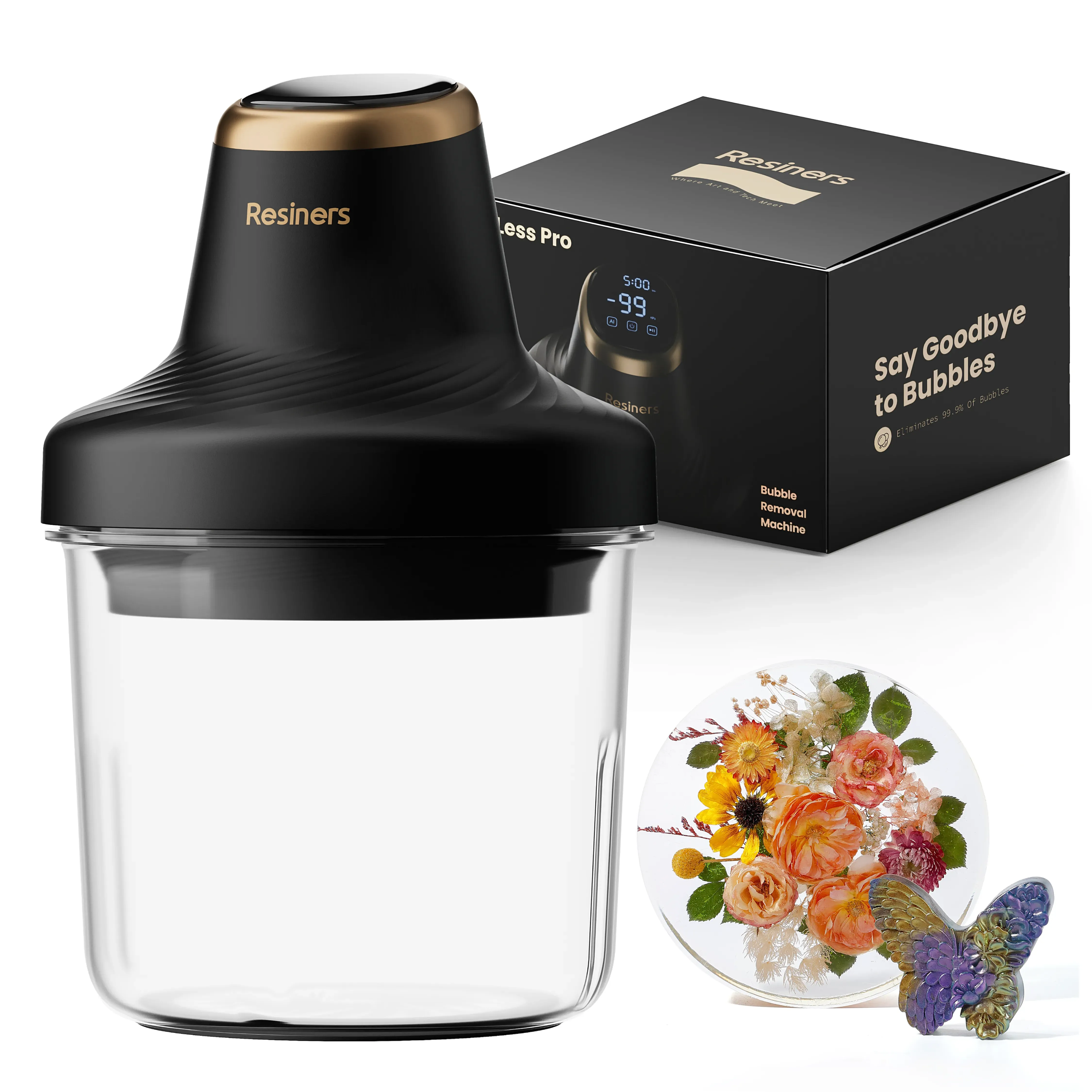


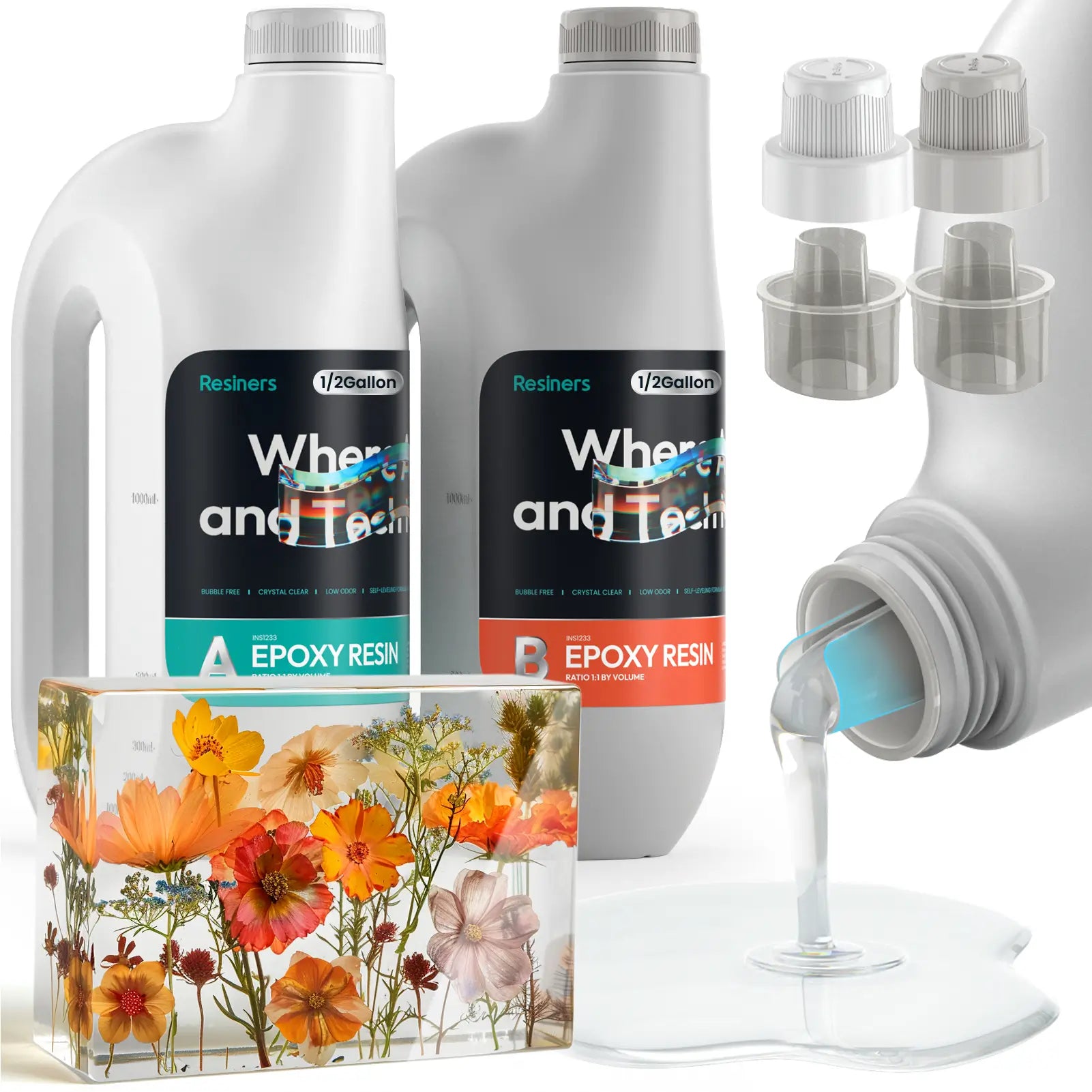
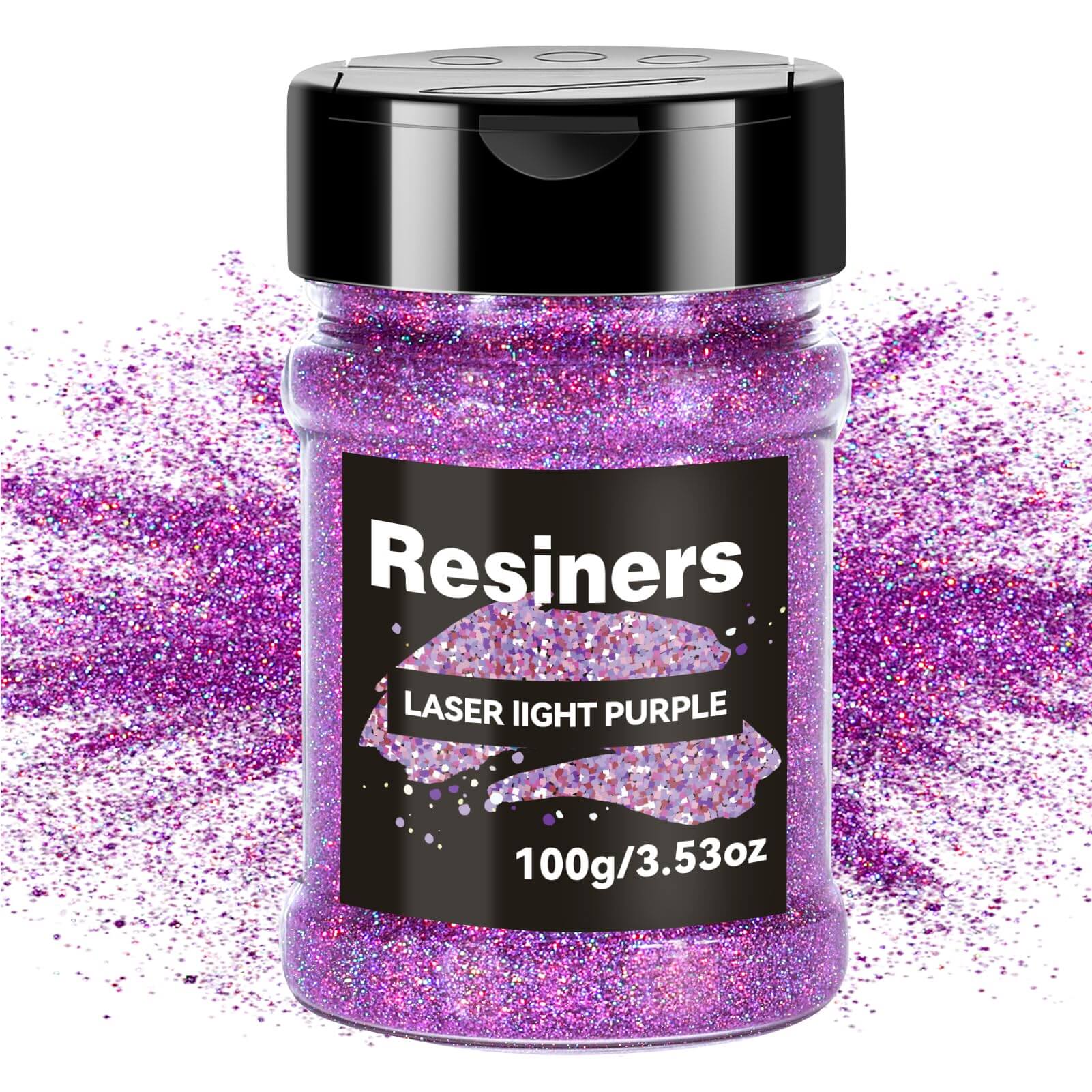
コメントを書く
このサイトはhCaptchaによって保護されており、hCaptchaプライバシーポリシーおよび利用規約が適用されます。